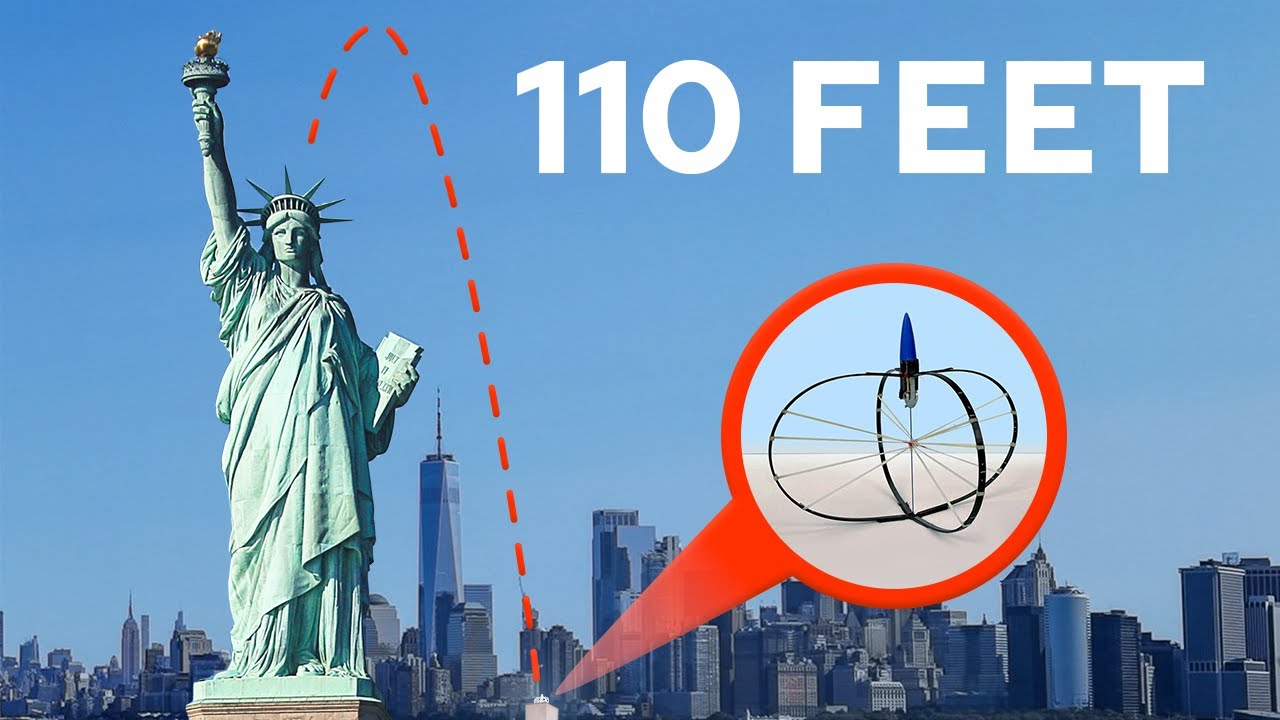Here is the Nature paper describing the work, “Engineered jumpers overcome biological limits via work multiplication”. The full text is behind a paywall; here is the abstract.
For centuries, scientists have explored the limits of biological jump height, and for decades, engineers have designed jumping machines that often mimicked or took inspiration from biological jumpers. Despite these efforts, general analyses are missing that compare the energetics of biological and engineered jumpers across scale. Here we show how biological and engineered jumpers have key differences in their jump energetics. The jump height of a biological jumper is limited by the work its linear motor (muscle) can produce in a single stroke. By contrast, the jump height of an engineered device can be far greater because its ratcheted or rotary motor can ‘multiply work’ during repeated strokes or rotations. As a consequence of these differences in energy production, biological and engineered jumpers should have divergent designs for maximizing jump height. Following these insights, we created a device that can jump over 30 metres high, to our knowledge far higher than previous engineered jumpers and over an order of magnitude higher than the best biological jumpers. Our work advances the understanding of jumping, shows a new level of performance, and underscores the importance of considering the differences between engineered and biological systems.
A Scientific American article, “Record-Breaking Jumping Robot Can Leap a 10-Story Building”, provides a popular description of the robot.
